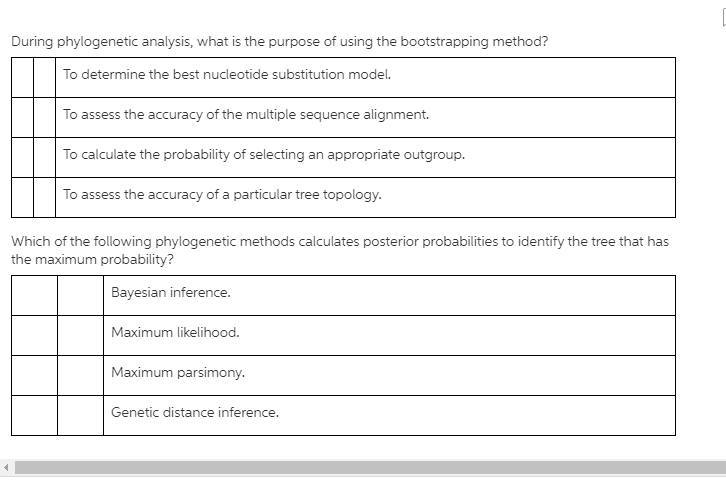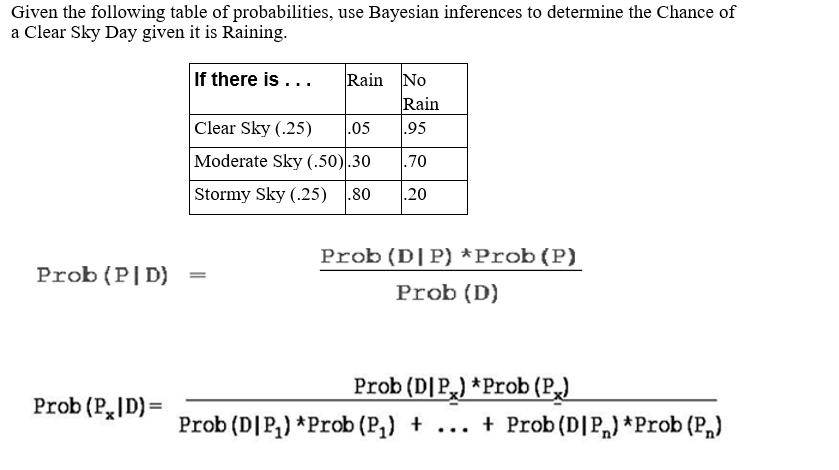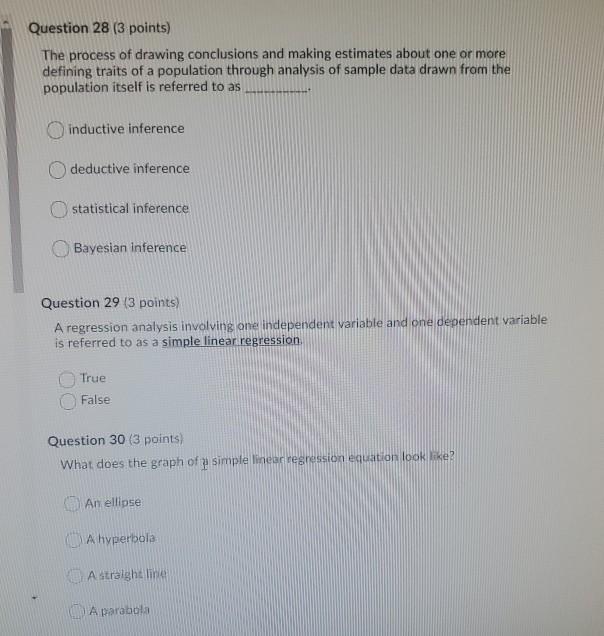Question
The thicknesses of two different layers of ink are considered random variables jointly distributed by the bivariate normal. It is known that the first layer
The thicknesses of two different layers of ink are considered random variables jointly distributed by the bivariate normal.
It is known that the first layer has a mean of 0.1 millimeters and a standard deviation of 3.1 millimeters, and the second layer has a mean of 0.23 millimeters and a standard deviation of 1.7 millimeters. Also, the correlation among the layers is 0.8. Moreover, specifications call for a product to have a thickness of the first layer in the range of 0.099 to 0.200 millimeters and for the second layer in the range of 0.230 to 0.250 millimeters (mm). Define random variables in your notes.
What is the variance of the sum of the two layers' thicknesses?
What is the covariance between layers?




Step by Step Solution
There are 3 Steps involved in it
Step: 1

Get Instant Access to Expert-Tailored Solutions
See step-by-step solutions with expert insights and AI powered tools for academic success
Step: 2

Step: 3

Ace Your Homework with AI
Get the answers you need in no time with our AI-driven, step-by-step assistance
Get Started


